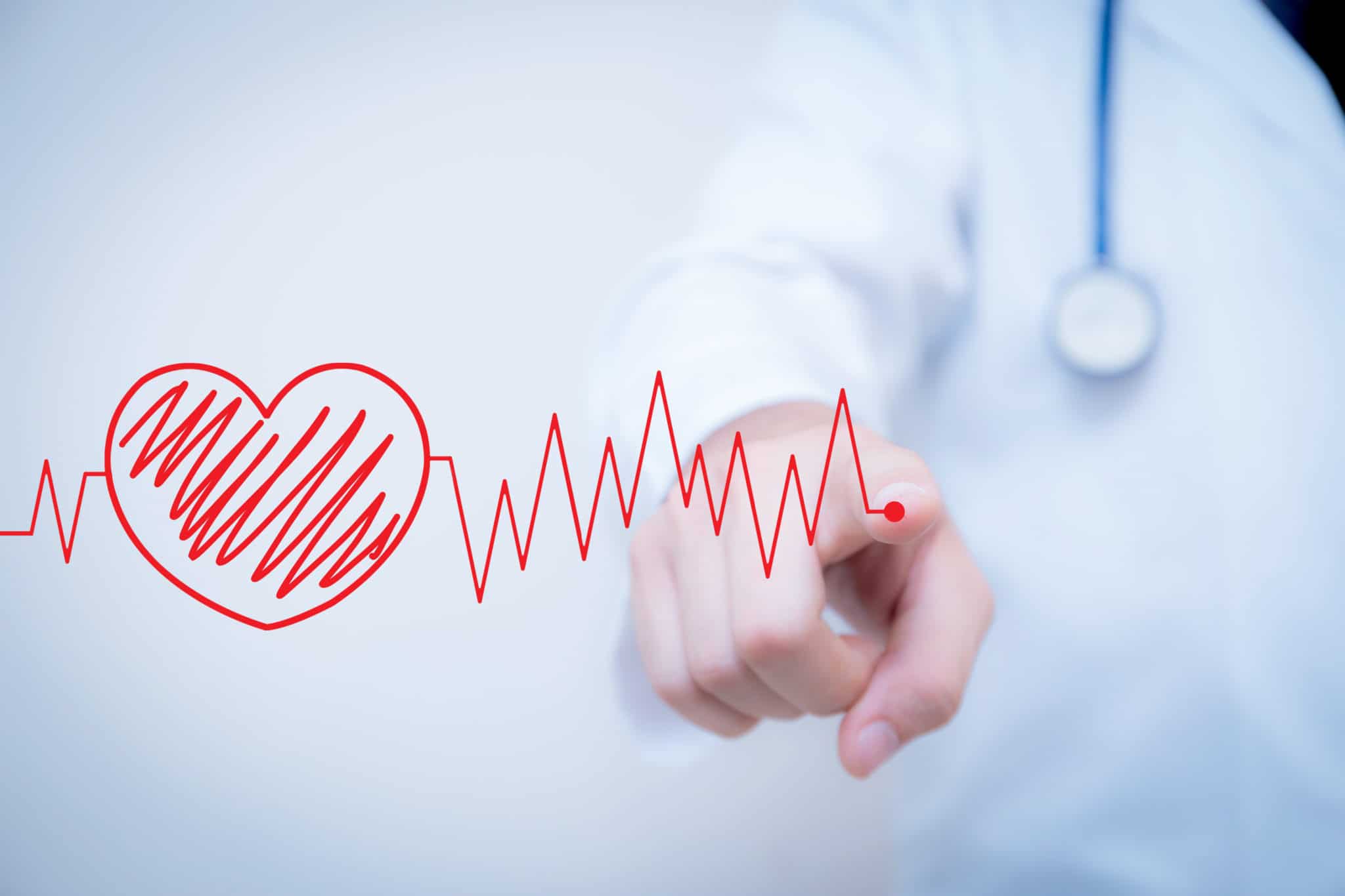
How to Recognize the Signs of a Stroke
Each year in America, over 795,000 people will experience a stroke. Strokes are serious medical events that can lead to difficult and permanent disabilities. While we all hope that we’ll never have to face it ourselves, it’s important to be well informed. Knowing how to identify a stroke can save your life and lead to an easier recovery. Here’s how to recognize the signs of a stroke in yourself, as well as tips on how to evaluate and lower your risk for stroke. The good news is that up to 80% of strokes are preventable.
Get Informed
There are two main types of strokes. The most common is an ischemic stroke, when a blood clot blocks an artery. Hemorrhagic strokes, in which a blood vessel breaks or a brain aneurysm bursts, are rarer. In both kinds of strokes, blood is unable to reach the brain, which damages brain cells and can result in loss of speech, memory, and movement. The impact of a stroke depends on its size, which part of the brain is affected, and how quickly the person is able to get medical help.
How to Tell If You’re Having a Stroke
Being able to recognize the signs of a stroke is extremely important. The earlier you identify a stroke, the quicker you can get to a hospital. Studies show that stroke victims who get to the emergency room within three hours have less disability after 3 months than those who take longer to get medical attention.
There are many different signs of a stroke, and you may experience just one, a few, or all. Call 911 as soon as you experience any of the following signs:
- Numbness or weakness in your face, arm, or leg, especially on one side of your body
- Confusion or trouble speaking or understanding
- Sudden blurred or double vision, or loss of vision
- Coordination problems, including trouble walking, dizziness or imbalance
- Intense headache
Signs of Stroke in Women
Did you know that women may experience different signs of stroke than men? In addition to the above signs, women should also look out for a loss of consciousness or fainting, difficulty breathing or shortness of breath, sudden behavioral change, agitation, hallucination, nausea, vomiting, pain, seizures, and hiccups.
TIA
It’s also important to be aware of TIA, or transient ischemic attack. TIA is a temporary halt of blood flow to the brain with stroke-like symptoms that generally last for 24 hours or less. A TIA usually doesn’t cause permanent damage, but can serve as a warning. 40% of people that experience a TIA will have an actual stroke, and almost half of strokes happen within days of a TIA. The symptoms of TIA and stroke are the same, so be sure to call 911 if you experience any signs at all.
Use FAST
The mnemonic FAST is often used to identify a stroke. It’s easy to remember and can help you to recognize the signs of a stroke quickly.
Face: Try to smile, and take note if one side of your face is drooping.
Arms: Lift up your arms and see if one drifts down.
Speech: Try to speak. Note if your speech is slurred or sounds different.
Time: If you recognize any of these symptoms, call 911 immediately. Make sure you remember what time you first experience symptoms, as the hospital will need to know.
Evaluate Your Risk
While being prepared to recognize the signs of a stroke is important, you should also understand the risk factors for stroke. Evaluate your risk by considering these common factors.
- High blood pressure. People suffering from high blood pressure (the number one cause of stroke) are 1.5 times more likely to have a stroke. If you have high blood pressure, you heart needs to work harder to pump blood, which can weaken blood vessels, damage organs, and lead to stroke. High cholesterol also increases your risk.
- Smoking. Smokers are twice as likely as non-smokers to suffer from a stroke. Smoking can increase clot formation, thicken your blood, and lead to plaque buildup.
- Age. Almost 75% of strokes occur in people over 65, and risk doubles every decade after 55.
- Gender. Women are more at risk than men, and experience 55,000 more strokes a year. They also have different risk factors—you may be more at risk if you use birth control pills, hormone therapy replacement, are pregnant, or have migraine headaches with an aura.
- Other medical conditions. People with diabetes can be as much as 4 times as likely to have a stroke, because they’re likely to have other risk factors. Those suffering from conditions like atherosclerosis, carotid artery disease, and atrial fibrillation may be more at risk as well.
- Family history. If possible, determine if your family has a history of stroke.
Staying Healthy
Once you identify your risk factors, you can adjust your lifestyle and make healthier choices that may help you to prevent a stroke. Consider these suggestions:
- Maintain a healthy diet. Choose foods low in saturated and trans fat, sugars, and salt. Eating healthy can help you keep high cholesterol and high blood pressure in check.
- Exercise regularly. Research shows that people who exercise five or more times per week are less at risk for a stroke.
- If you smoke, talk with your doctor about developing a plan to quit. You’ll be less at risk for stroke, not to mention cancer, heart disease, diabetes, and more.
We hope these tips help you to recognize and prevent strokes. It’s also a good idea to be proactive and stay on top of your health by getting regular checkups. Scripps Affiliated Medical Groups has over 850 doctors to choose from – find the doctor that’s right for you today.

Join our Senior Wellness Society for the latest news on Medicare and tips for healthy living in San Diego!
Sign up now ›Are you looking for specialized medical care in San Diego?
Our directory has more than 850 doctors in San Diego County of various specialties who are available to help you.
Find a doctor